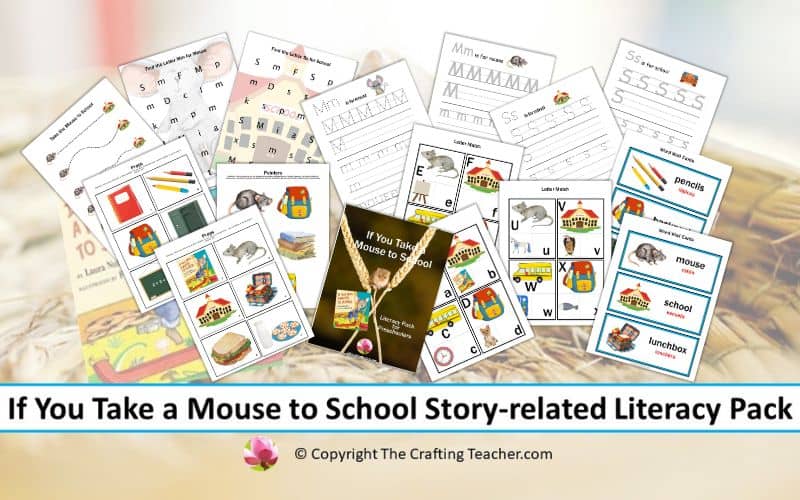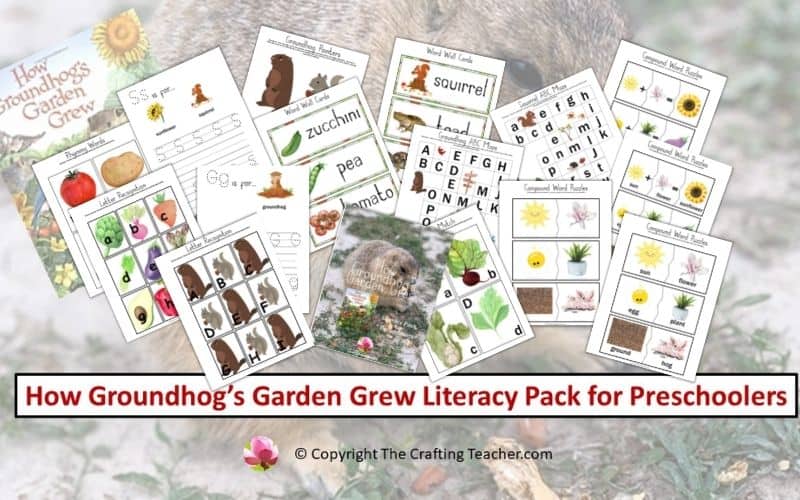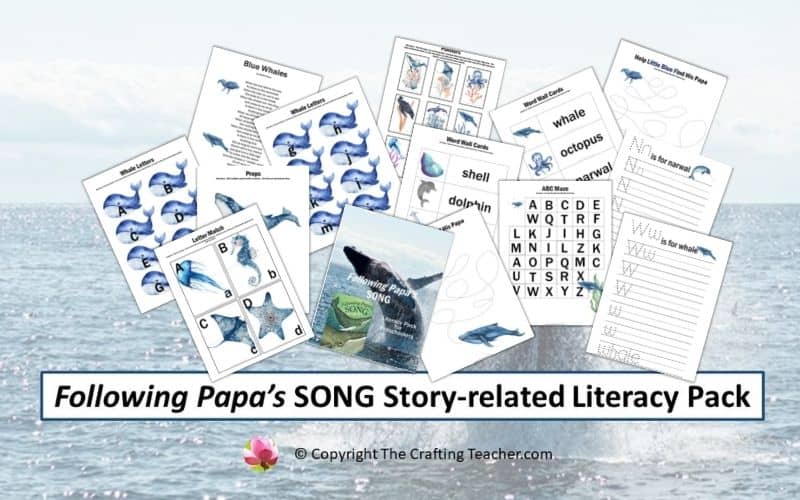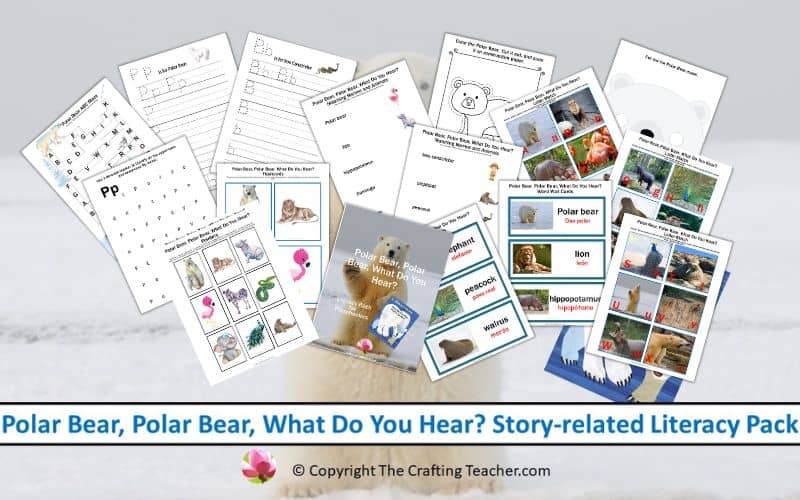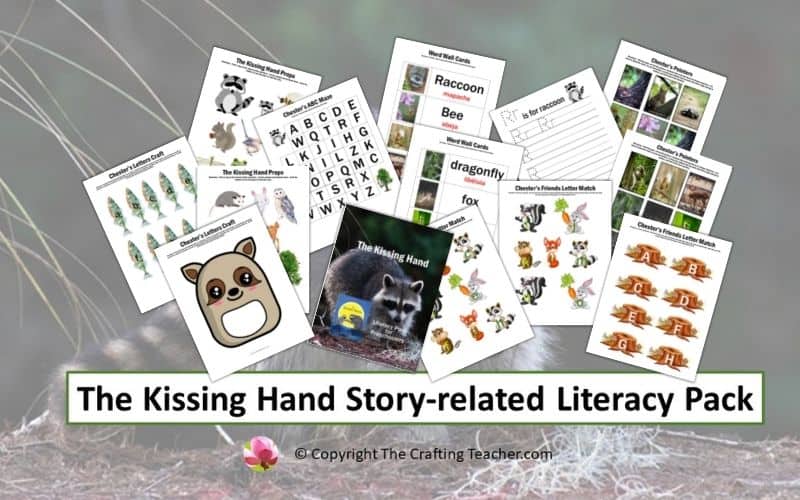If You Take a Mouse to School Story-related Literacy Pack for Preschoolers
Affiliate Disclosure: “This post contains affiliate links, which means I receive a small commission, at no extra cost to you, if you make a purchase using those links.”
The story If You Take a Mouse to School by Laura Numeroff is perfect for lesson planning at the beginning of the school year, and this FREE literacy pack can help you with that.
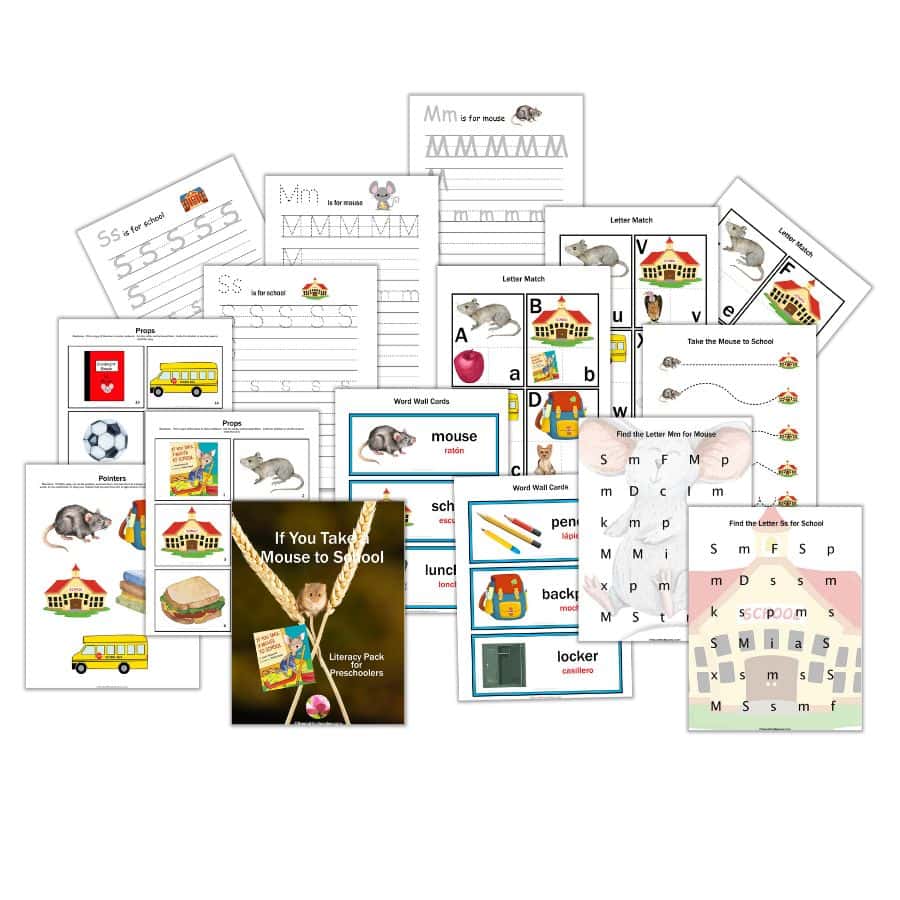
This literacy pack includes 30 pages with seven activity sets and is ready for download at the end of this post.
If You Take a Mouse to School Literacy Pack
This cute story is about what will happen if a mouse accompanies his human friend to school. First, he will ask for the lunch box, a sandwich, a notebook, and some pencils, and he won’t stop there. It is one of the stories that identifies Laura Numeroff’s vivid imagination, which makes her one of my favorite children’s book authors.
Let me tell you the activities I have included in the pack and some additional ideas so you can take advantage of this beautiful book.
Pointers
Start reviewing the parts of the book: cover, title, author, illustrator, spine, and back. Then, show them the pictures in the book without reading. Use the opportunity to ask questions and let them comment about what they see.
Then, read the story using the pointers to mark the words as you read. This is an easy and very efficient way to show preschoolers that you read from left to right and top to bottom and that words have meaning.
During reading, ask who, what, where, when, and why questions, such as:
- Who are the main characters of the story?
- Where is the story taking place?
- What do you think the mouse will do when it gets to school?
Also, ask open-ended questions. Open-ended questions are the ones that can have multiple answers, such as questions about the student’s life experiences.
After reading, ask questions about the story, such as:
- What was the first thing the mouse wanted to do on his way to the school?
- What did the mouse use to build his furniture?
- What did he play before the bus came to take him back home?
I included five pointers: a mouse, a backpack, a school, books, and a bus. You have to print them in white cardstock, laminate them, and glue them to a tongue depressor for easier use.
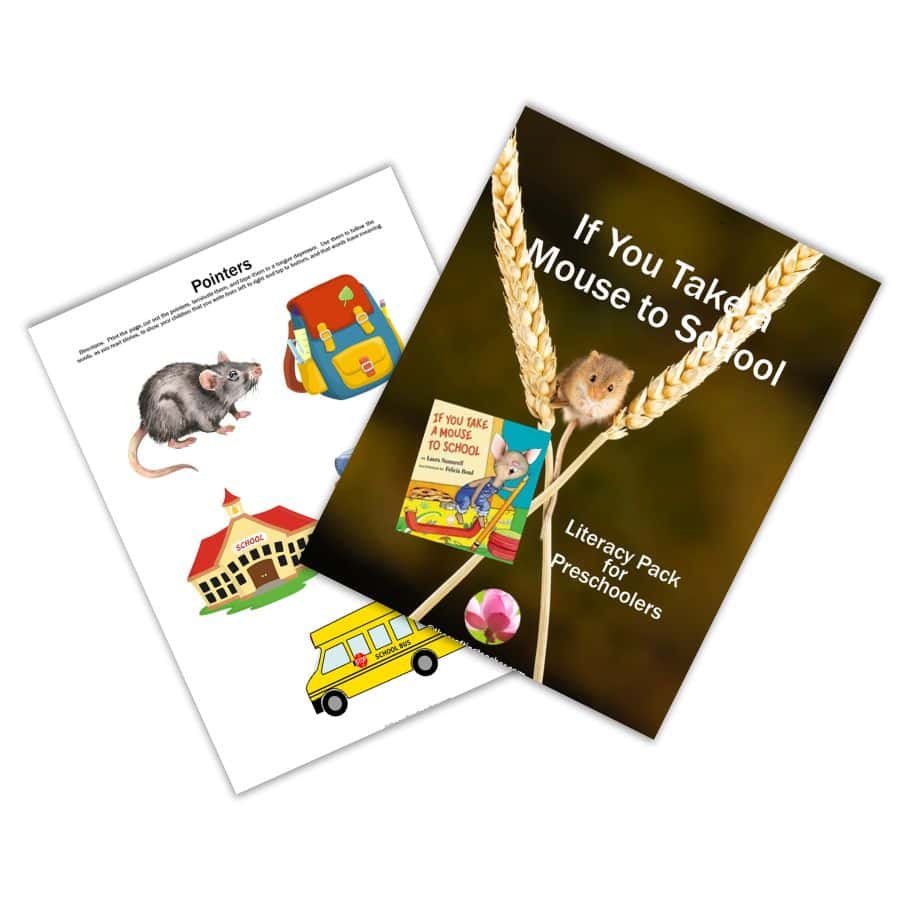
Story Props
After reading the story multiple times, gather the children in a circle on the floor. Print one or more copies of the props I provided in the pack using white cardstock. Cut them out and laminate them. Distribute the props among the children and encourage them to retell the story using their props, placing them on the floor as they do so. When the activity is complete, place the props in the Listening or Library Center to invite the children to retell the story independently.
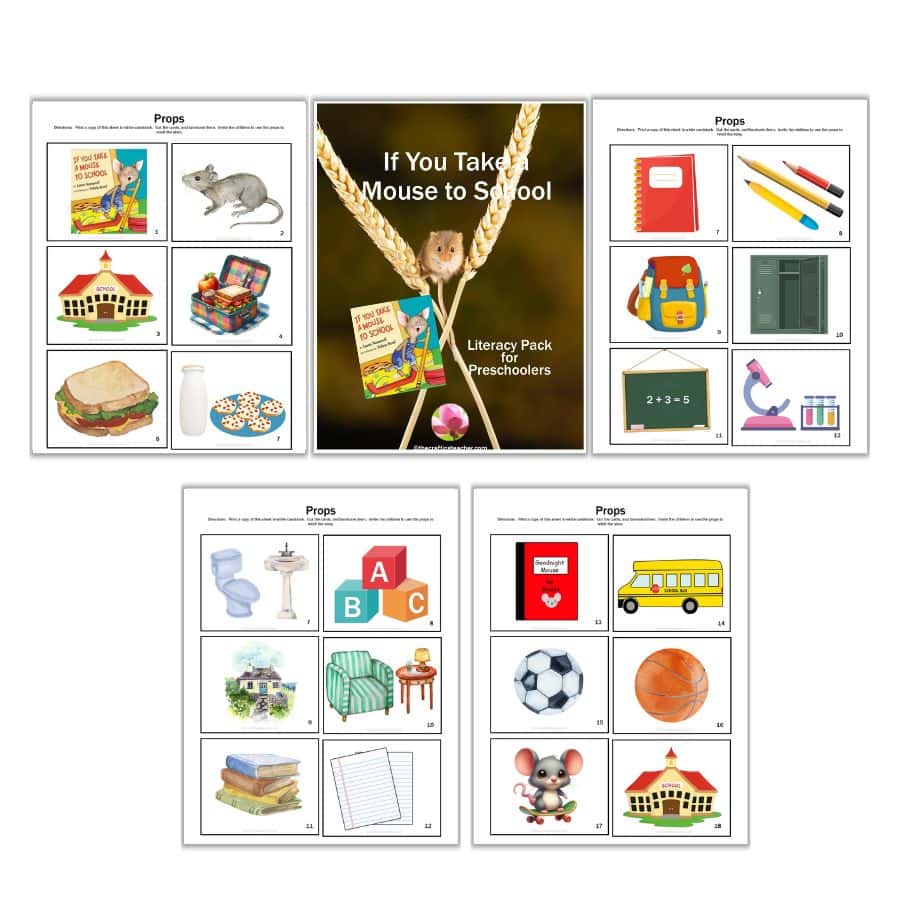
Oral Language and Vocabulary Development
Add the vocabulary word cards provided in the printable to your word wall, writing center, quiet area, and other different centers to teach them to your students. These 22 cards include the words mouse, school, lunchbox, sandwich, snack, notebook, pencils, backpack, locker, classroom, board, science, bathroom, blocks, house, furniture, books, paper, bus, soccer, basketball, and skateboard, in English and Spanish. After you present each of the cards, please encourage your children to use each Word Wall word in a short sentence or talk about what they see in each of them. This practice will help them with their vocabulary development and conversation skills.
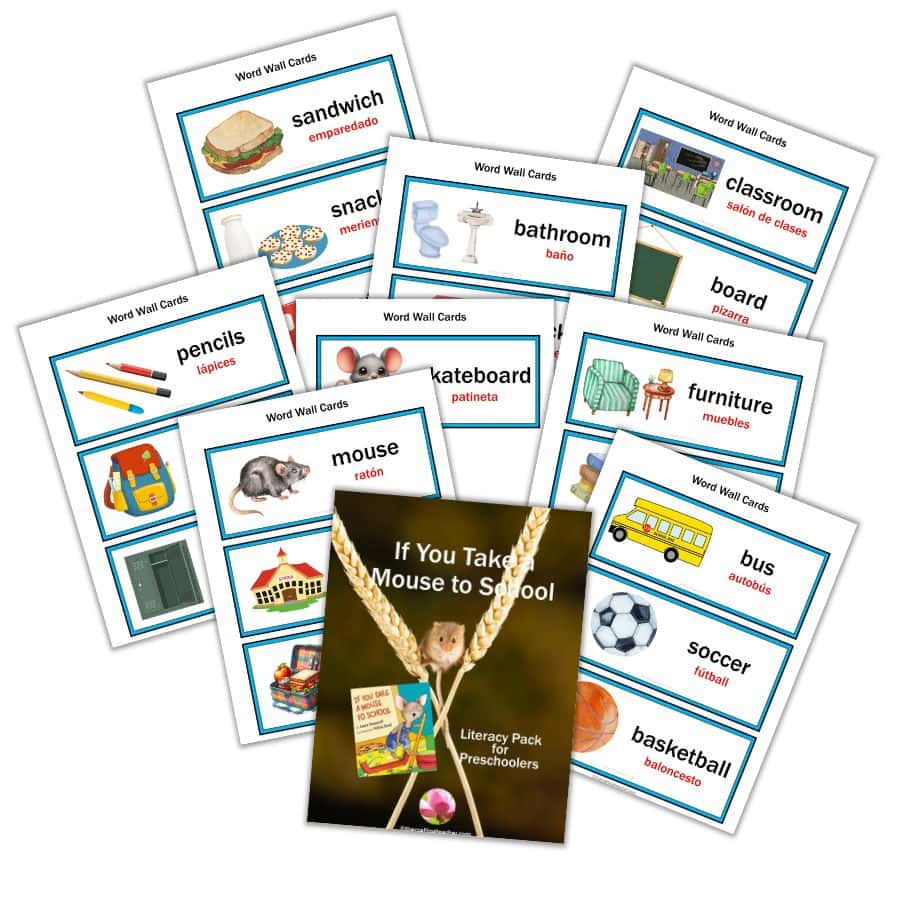
Find Letters M and S
I’ve selected these two letters and the main ones based on the story’s title. Once you teach or review the name, sound, and formation of these letters, you can have the children find those letters, among others. This pack includes one activity for the letter Mm and another for the letter Ss.
Children can circle the letters on the sheets provided with a pencil, crayon, or marker. If you want to use these activities multiple times, print them out and laminate them, or place them in a dry-erase pocket and have the children use a dry-erase marker instead.
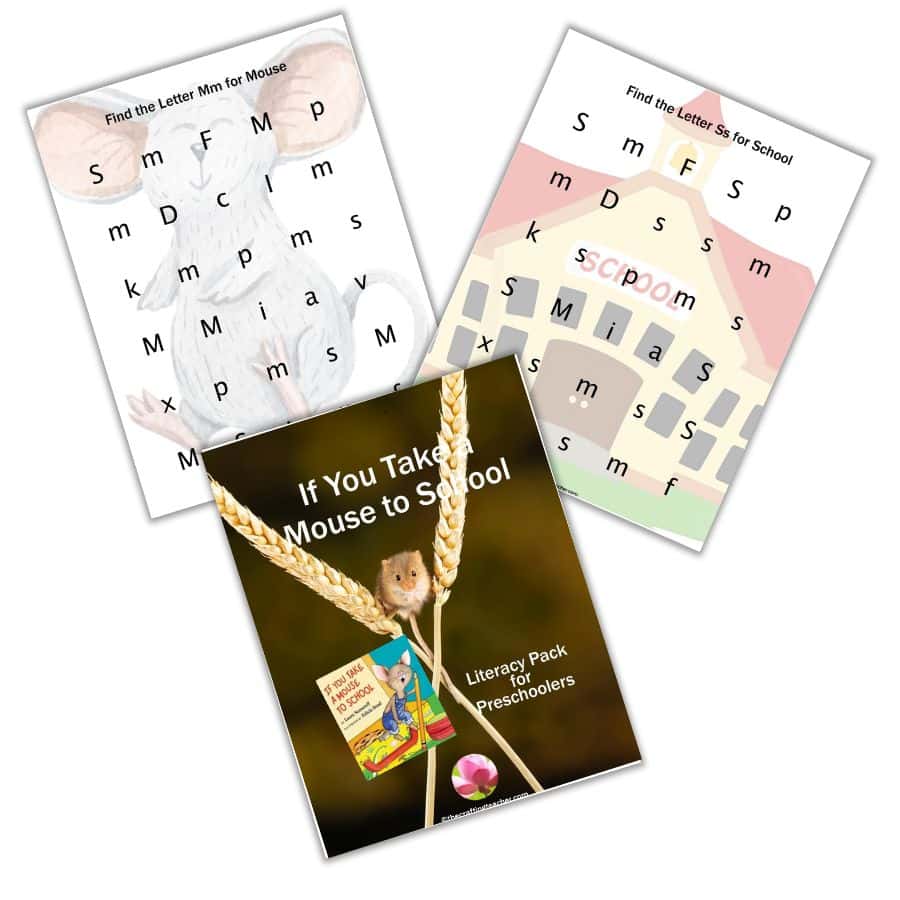
Letter Match
This pack includes cards with all the letters of the alphabet. They come ready to be divided into two or three parts for the different developmental stages of your preschoolers. The first half includes an uppercase letter, and the second half contains the matching lowercase letter and the picture of an item whose name starts with that letter. Print them out in white cardstock, cut them out, and laminate them to make them last longer. Invite the children to select a letter, say the name of the letter, its sound, or both, find the matching bottom part or parts, and place them under the first half.
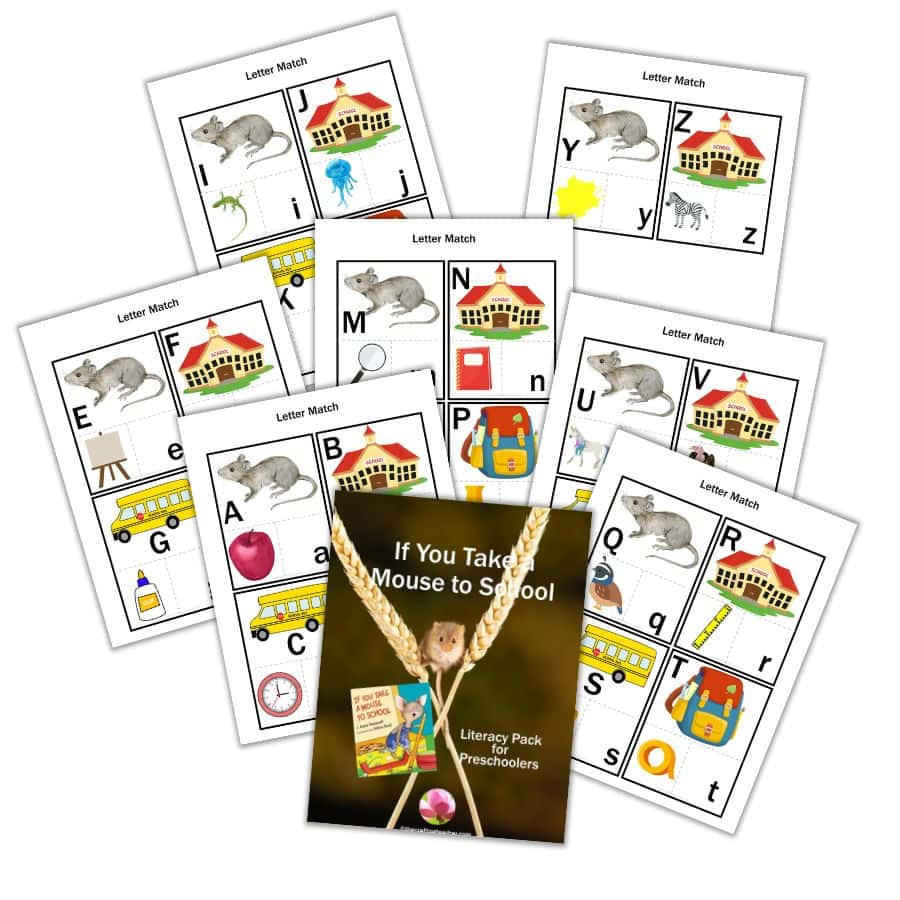
Beginning Sounds
Remind your students words are made up of individual letters. Say one of the vocabulary words, then spell it using your Word Wall Cards. Ask the children to say the beginning sound of each word. Then, ask them to find another word with the same letter or sound.
Blends
Once the children learn the name and sound of the letters, they can start learning how to blend those sounds in a sequence to build up words. This ability will help them create the foundation to begin reading.
To help preschoolers understand the sounds in a word, we can break those words into syllables and the syllables into two parts: onset (every letter before a vowel) and rime (the vowel and the rest of the letters). For example, the word mouse could be broken into /m/ and /ouse/.
You can separate the world wall cards into pictures and words to help them start blending. Show them one word, call it out, and ask the students to practice blending the sounds to form the word.
Rhyming
Rhyming means blending an onset with rime, and before children can do this, they need to learn how to recognize rhymes by listening to rhyming stories, songs, and poems.
To practice making rhymes, you can use the word wall cards to have the children practice blending the onset on all or some of the words to different words. For example, the word mouse and the children change the onset (/m/) to /h/ (house) and /bl/ (blouse).
Pre-Writing
After reading the story, encourage the children to follow the mouse to school by tracing the different paths using a pencil, crayon, or marker on the sheet provided in the pack. If you want to reuse the activity, laminate it or place it inside a dry-erase pocket and let children use a dry-erase marker to trace it.

Tracing Letters and Words
This literacy pack includes four tracing and word sheets, two Mm for mouse, and two Ss for School. Print each page using white cardstock and laminate the sheets or place them in dry-erase pockets to make them last longer, and use them multiple times. Invite the children to use a dry-erase marker to trace the letters and words.
This activity strengthens the children’s language, letter recognition, pre-writing, and fine motor skills. To extend the activity, you can use them to:
- Teach or review letters’ sounds and names.
- Spell the words.
- Find other words that start with the same letters.
- Trace the letters on the sand table or build them using small blocks.
- Match each letter and word with magnetic, wooden, or foam letters.
- Copy the letters and words with pencils, crayons, or markers.
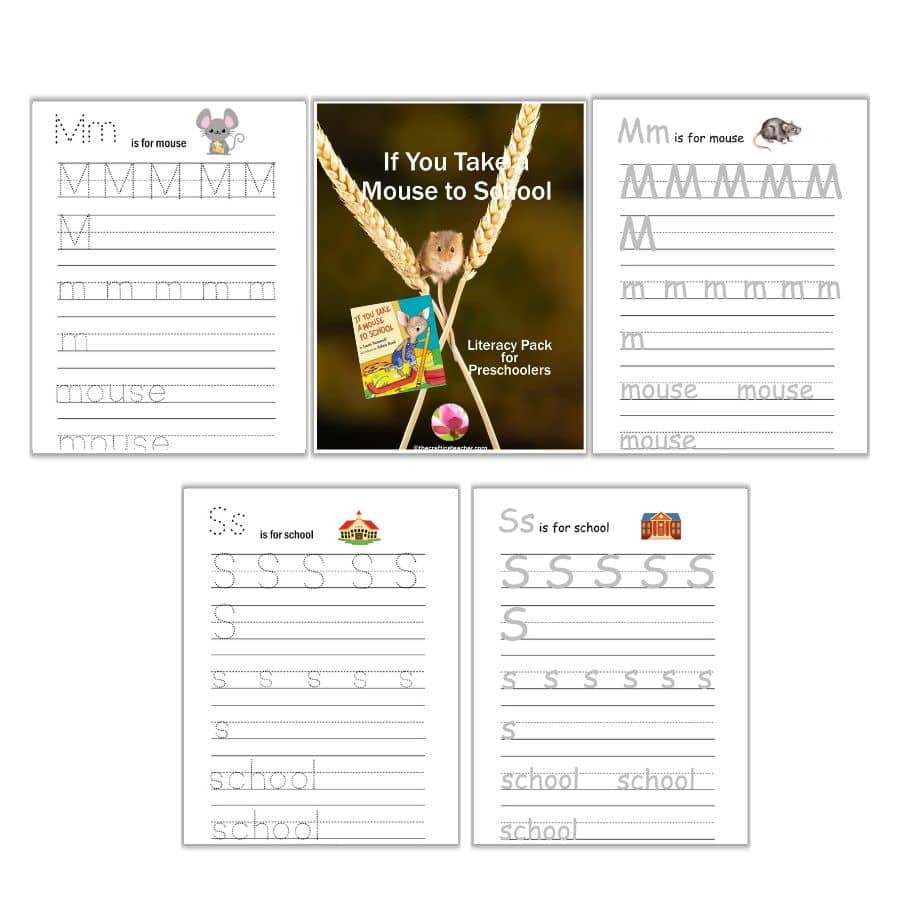
Write a Class Story to Make a Book
During circle time, invite your children to create a similar story using another main character, reminding them that the story has to have a beginning, middle, and end. Use a chart paper to take dictation. You can also use a different place.
You can encourage them by starting with something like “If you take a goat to school….” or “If you take a dog to a store….” When the story is finished, please print it and have the students illustrate it. Then, put it together as a book for the library and make a copy for each author.
Mouse-Related Books
You can always read and add more books about the same character or other mice to your library and other centers to give children an expansive learning experience and variety. Below are some I like. You can find these books at your local library, used book store, and on Amazon. The titles have my affiliate links that will take you to the correct Amazon page if you want to purchase some.
- If You Give a Mouse a Cookie by Laura Numeroff introduces this little character and tells the story about what would happen if a mouse shows up on your doorstep and you give him a cookie, using rhythmic text and a circular tale.
- If You Take a Mouse to the Movies by Laura Numeroff brings back her famous little mouse with an irresistible tale full of holiday antics.
- Time for School, Mouse! by Laura Numeroff tells how the little mouse searches high and low for his homework, finding many other things. Time for School, Mouse! Teaches kids new words while celebrating the fun of going to school!
- The Best Mouse Cookie by Laura Numeroff. Starring the ever-popular mouse, this is a sweet addition to the classic and beloved series.
- Merry Christmas, Mouse! by Laura Numeroff is a simple introduction to numbers. Mouse adds ornaments to his tree, one by one. A great opportunity for small children to practice counting.
- Mouse Shapes by Ellen Stoll Walsh is the story of three clever mice who use shapes to trick a sneaky cat. In this celebration of shapes, color, and innovation, she proves she’s a master of concept books.
- Mouse Paint by Ellen Stoll Walsh is a playful introduction to colors, using three white mice who discovered three jars of paint–red, blue, and yellow– and mixing them to learn other colors.
- Mouse Count by Ellen Stoll Walsh is a suspenseful story featuring bold collage art and a touch of mischief that will appeal to preschoolers who have mastered counting from 1 to 10.
- The Little Mouse, The Red Ripe Strawberry, and the Hungry Bear by Audrey Wood is a classic story full of humor, expressive illustrations, and a surprise ending.
Pin It For Later
If you are in a rush and don’t have time to read the post and download the printable but want to save it, pin it to one of your Pinterest boards.
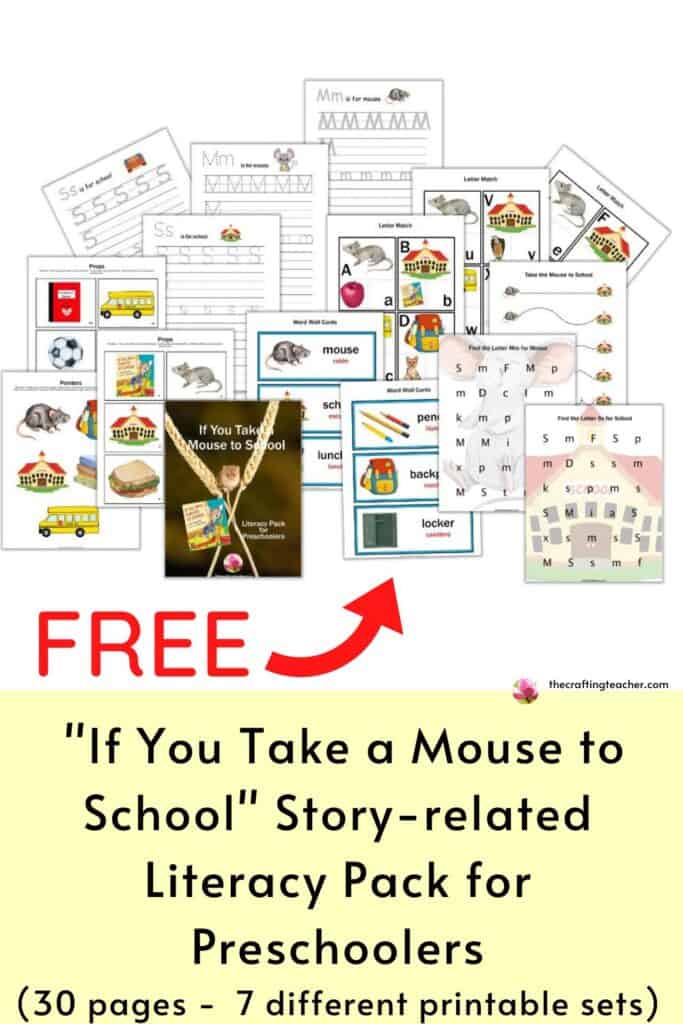
Remember to download the If You Take a Mouse to School Literacy Pack. Just click the bottom below and type your information to download it immediately.
You can give each child a big cut-out bus to finish the first day. Have them draw themselves in the middle. Ask them what they want to tell their families about the day, and write each child’s exact words on the bus after you ask permission. Have them paste their buses on construction paper to bring to their families.
Be happy, safe, and creative. I wish you well.
Love,

P.D. Please let me know if you think these ideas work for you. Also, if you have different ideas and want to share them, I would love to post them.

